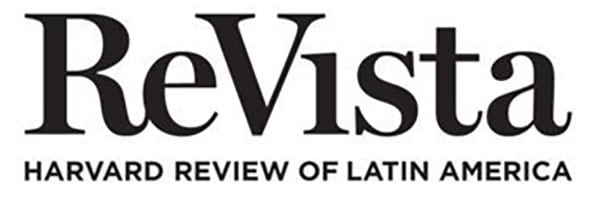The Last Word
More than twice as many Latin Americans are attending institutions of higher education than two decades ago, and the number will continue to increase as more students graduate from secondary schools. ReVista’s timely focus on higher education is thought-provoking. These essays highlight three points of contention: What is higher education for? How should institutions of higher educational be managed? And, what should be the balance between public and private institutions? How these issues are addressed will shape the structure and quality of higher education in Latin America in the 21st century.
On the goals of education, most of these essays assume that universities must help improve Latin American economic competitiveness and create a culture of innovation. Latin American students are weak in math and sciences; only a fourth of Latin American undergraduates take degrees in science or engineering. Fernando Reimers calls for universities to contribute to the “innovation ecosystem that Latin America needs in order to find a niche in a highly inter-dependent global economy.” Ned Strong shows how a professor’s scientific interest in post-harvest processing helped Chile become an exporter of perishable fruits. César Peña Viga sees students, in a very broad sense, as “entrepreneurs in training.” Passionately disagreeing, Jaime Pensado, invoking Rodó’s Ariel, sees student protests today rejecting the “neoliberal project” of privatizations that increase tuitions but do little, in his view, to improve educational quality.
The debate over goals spills over into the controversy about university management. Noting that the region’s public universities historically claimed “a degree of autonomy not found anywhere else in the world,” Andrés Bernasconi argues that the relationship between universities and the state is changing rapidly with the model of the “entrepreneurial university in a knowledge economy.” But, he warns, universities are not like corporations, as “stellar faculty, state-of-the-art laboratories, and enriching educational environments cost beyond what most profitable rates of return would bear.” Liz Reisberg and Iván Pacheco examine the spread of accreditation efforts as budget constraints force governments to demand accountability. As standards become increasingly internationalized, the need for improvements in quality becomes undeniable: as Carlos Angulo-Galvís observes, only two Latin American universities rank among the top 200 worldwide.
Management changes often meet with strong resistance from students and faculty. Ricardo Reich discusses successful initiatives in Chile while Peter De Shazo and Angélica Natera summarize what has been learned from initiatives to promote teaching and learning. All agree that a key factor is faculty support for change, and that this can be nurtured if changes do not undermine professors’ professional standing with peers and if support is provided for the social sciences and humanities as well as science and technology. Performance incentives do not always work, particularly if faculty members feel that they are being badly underpaid.
Moisés Wasserman, former rector of the National University of Colombia, makes the case against privatization: higher education should be “a universal right” not a “commercial good.” The debate over privatization is fundamentally not about principle, however, but about quality and access. Wasserman uses the U.S. crackdown on for-profit schools to argue against allowing for-profit higher education in Colombia, but Claudio de Moura Castro, Aldo Giutini and Luciana Lima argue that there is actually very little difference in quality between public and private institutions. Using Brazil’s “strenuous exit test,” they show that, although public institutions are far more expensive to maintain, they produce academic results that are only slightly superior; further, for-profit and non-profit universities are just about equal in the quality of their graduates. Tuition-free public universities give the wealthy privileged access to what Naomar Almeida-Filho describes as “a very scarce and valuable social asset.” The growth of private and for-profit institutions is a clear sign of how limited that access is, so that Ironically, making education a commodity has in fact made it more universal. Nor is it surprising that high school students, not those already in university, are the ones protesting, as Peter Siavelis documents.
As these essays show, there are many initiatives underway that hold real promise. The final word should go to Felipe Portocarrero, who emphasizes the broader ways in which higher education deepens citizenship, and that citizenship requires “imagination, creativity, a sense of responsibility and a vocation for service.” Without a commitment to citizenship, higher education cannot perform its many functions or fulfill its promise.
Fall 2012, Volume XII, Number 1
Jane S. Jaquette is Professor Emeritus of Politics at Occidental College, where she continues to teach. Her most recent book is Feminist Agendas and Democracy in Latin America; she is writing a book on power and citizenship in Machiavelli and Hobbes.
Related Articles
Venezuela’s Student Movement
Students in Venezuela have an 84 percent confidence rating in polls among the public, higher even than the Church or banks, according to www.datanalisis.com. Our struggle for democracy sometimes feels like the struggle of David against Goliath. However, we insist on…
Chile’s Student Protests
Less than a decade ago, academics and journalists almost always referred to Chile as a “model” country, praising its economy, political transition and democracy. Always a simplistic characterization, it nonetheless stuck for many years, until the unexpected 2011 explosion…
Student Activism
“Democracy, here? That is a joke!” remarked Veronica, one of the thousands of “rechazados” who failed to be admitted to Latin America’s largest public university (UNAM) and leading representative of the “Yo Soy 132 Movement.” For this 19–year old student, who preferred…





